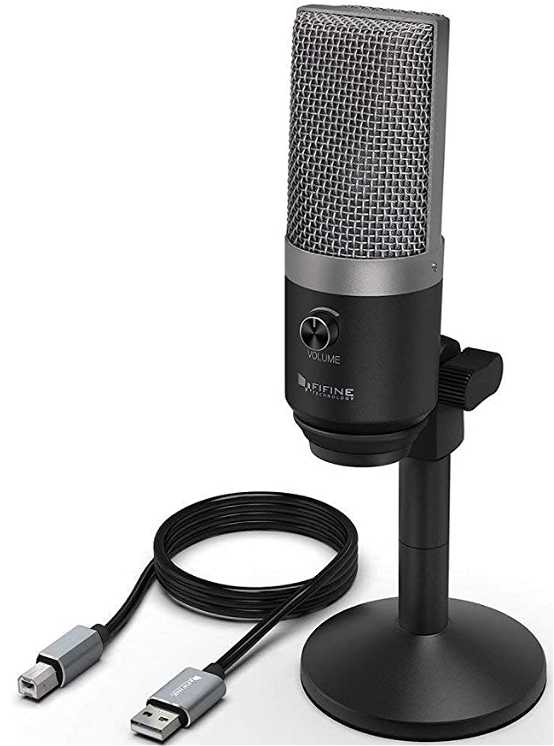 |
|
| << |
HL2 microphone settings. |
The microphone used with the HL2 is a Fifine USB elektret condenser mike. It is connected to an USB port at the back of my PC. Much handier than using a phantom powered mike and a mixer. The Hermes Lite2, PC and microphone are interconnected through our local network and a Gigabit switch.
The transmitted spectrum in the
left hand picture is without transmit audio equalization. The by me used transmit equalizer correction is shown at the center picture. |
The FiFine mike has a cardioids directional characteristic, which helps reducing environment noises coming from behind the microphone. The frequency characteristic is nicely flat (neutral), when speaking at more than 1m distance. But in practical use, connected to radio equipment, the speaking distance can be as close as 10cm. Close-by spoken, every cardioids microphone shows "bass boost" : all sounds are below 300 to 800Hz far louder than higher pitched sounds. How much depends on the size of the electrets microphone capsule, and the speaking distance. This effect was during the 50's of the 20th century used by male singers (Bing Crosby) to create a more "warm" and "sexy" sound.
As we do not want, that very low audio tones to occupy 90% of our costly generated RF output power, this "bass boost" should be cancelled by adjustment of the equalizer in the SDR software. With the here shown settings, the full transmitted audio spectrum 100-3000Hz is balanced filled with energy, and my voice sounds naturally warm and clear.
This mike has a knob on the front, which enables the adjustment of the microphone sensitivity. When it is set to max. (position 17 hours), distortion occurs when speaking close to the mike. The digital USB output signal is then "clipping". By adjusting the microphone knob to vertical position 12 o'clock, and adjusting the mike gain in the software to +20dB, no distortion occurs when speaking very close to the mike, and the speech processor in the SDR software can work better.
How a received station sounds, also depends on the sound quality of the listeners speaker. An amateur communication speaker should reproduce the full 100Hz to 3kHz range neutrally. In other words : its sound pressure frequency characteristic should be flat within +0/-3dB between 100Hz and 3kHz, reference at 800Hz. Build in speakers in amateur radio equipment mostly sound bad. No space available for a good sounding speaker.
Another way to judge received sound quality is using a good HiFi headphone, which is neutral in reproduction. Most good headphones sound better than most small loudspeakers.
To much low tones are visible in the SDR
waterfall as a vertical narrow band around 300Hz audio frequencies. A lot of
amateur stations suffer from this fault.